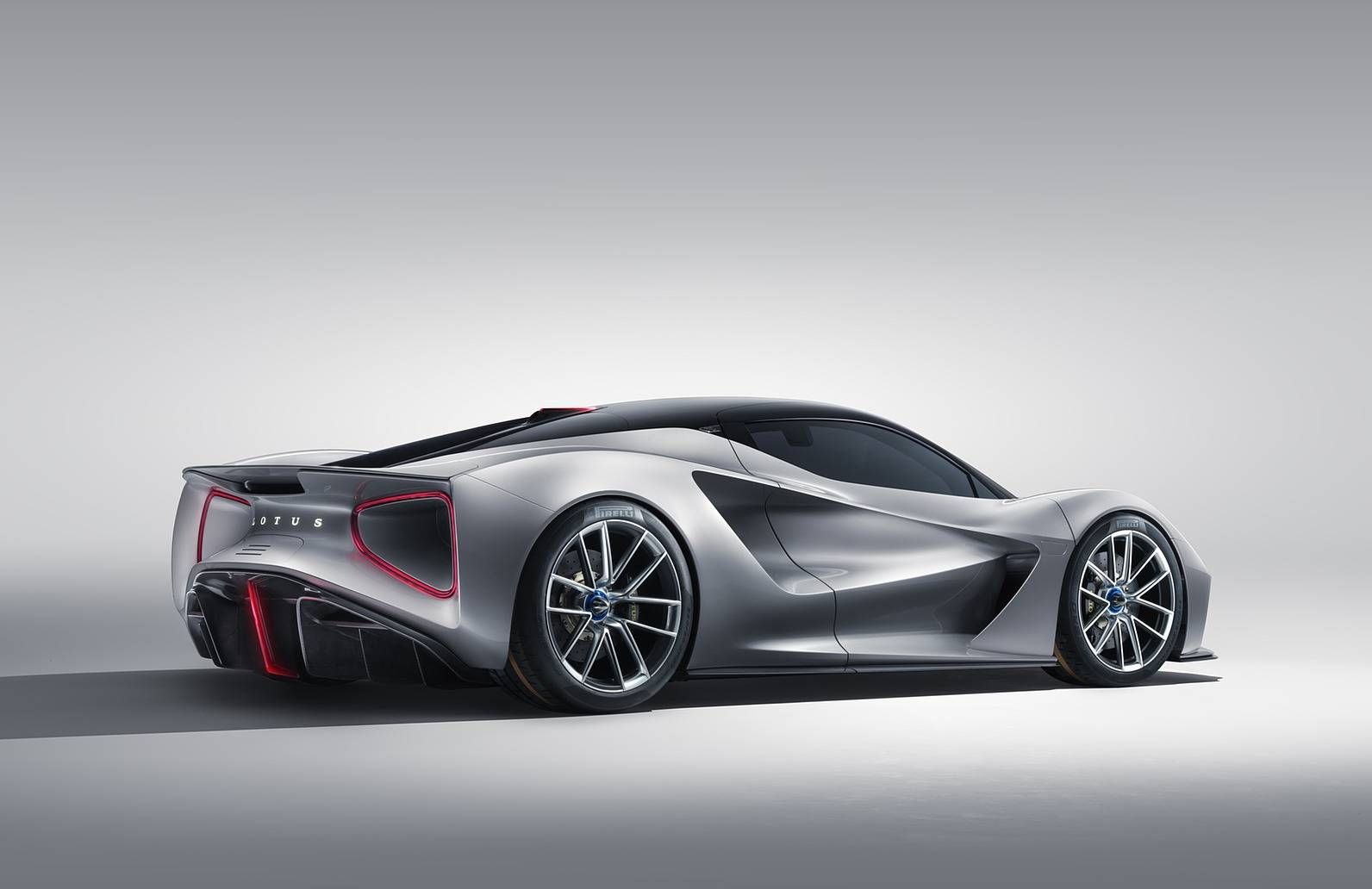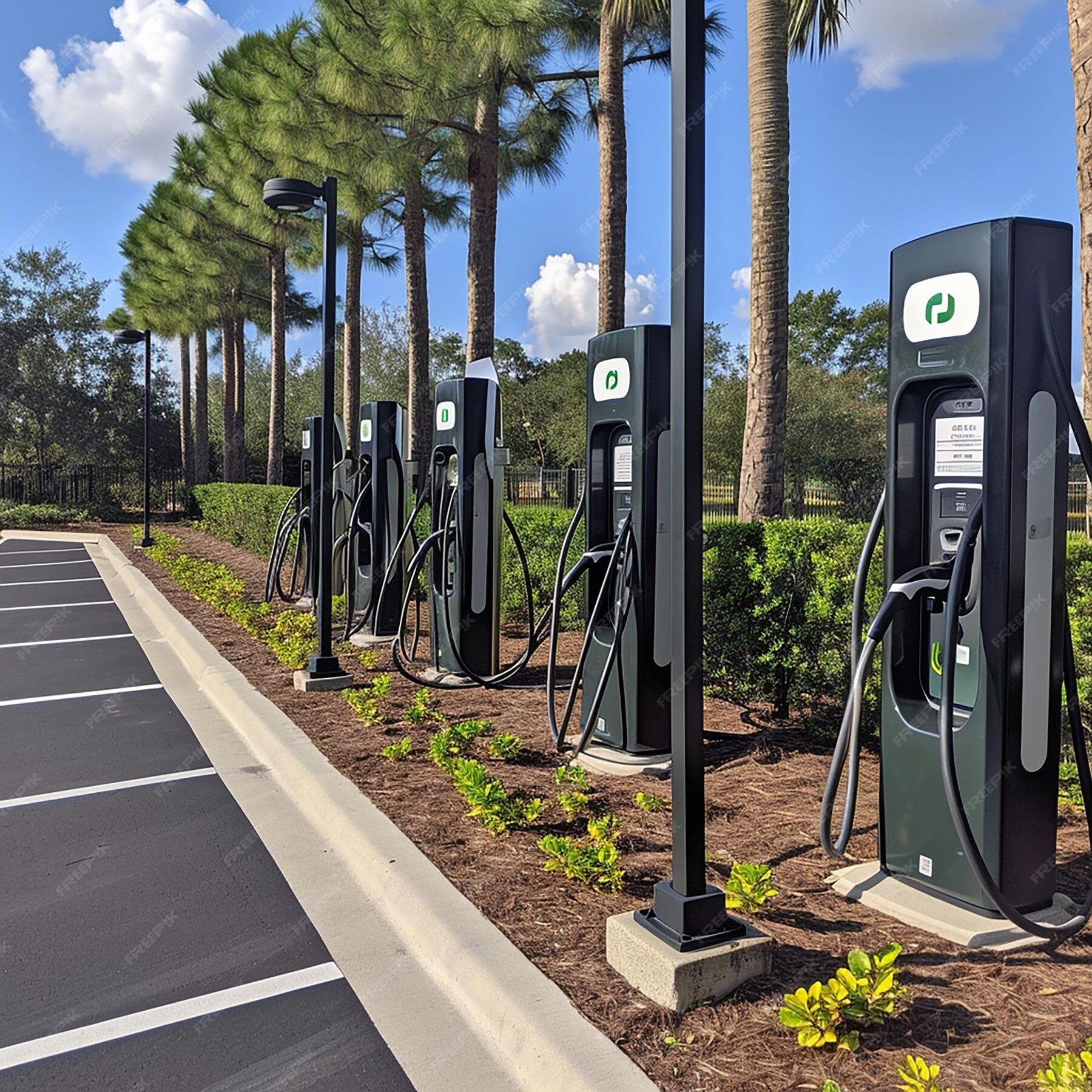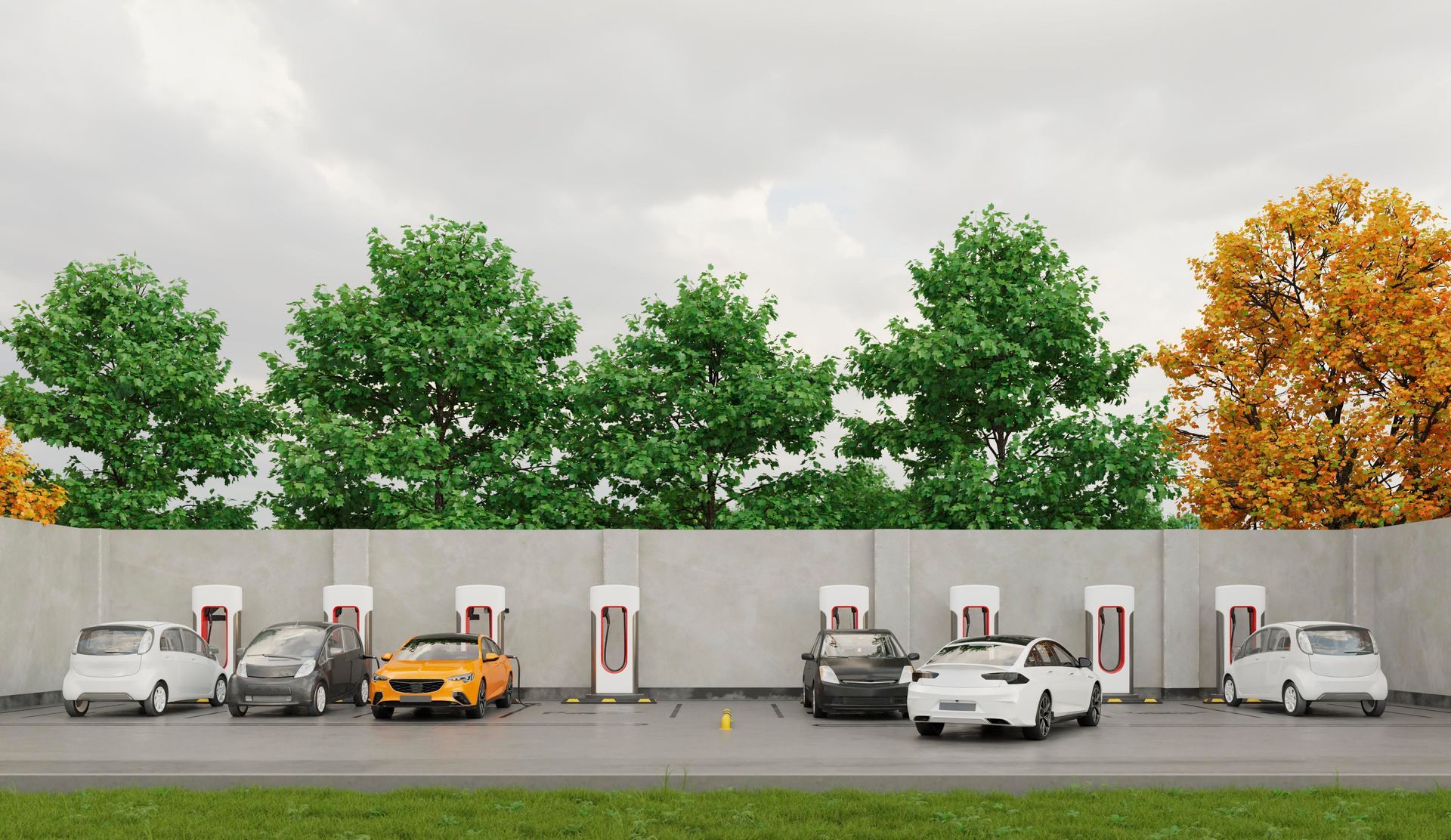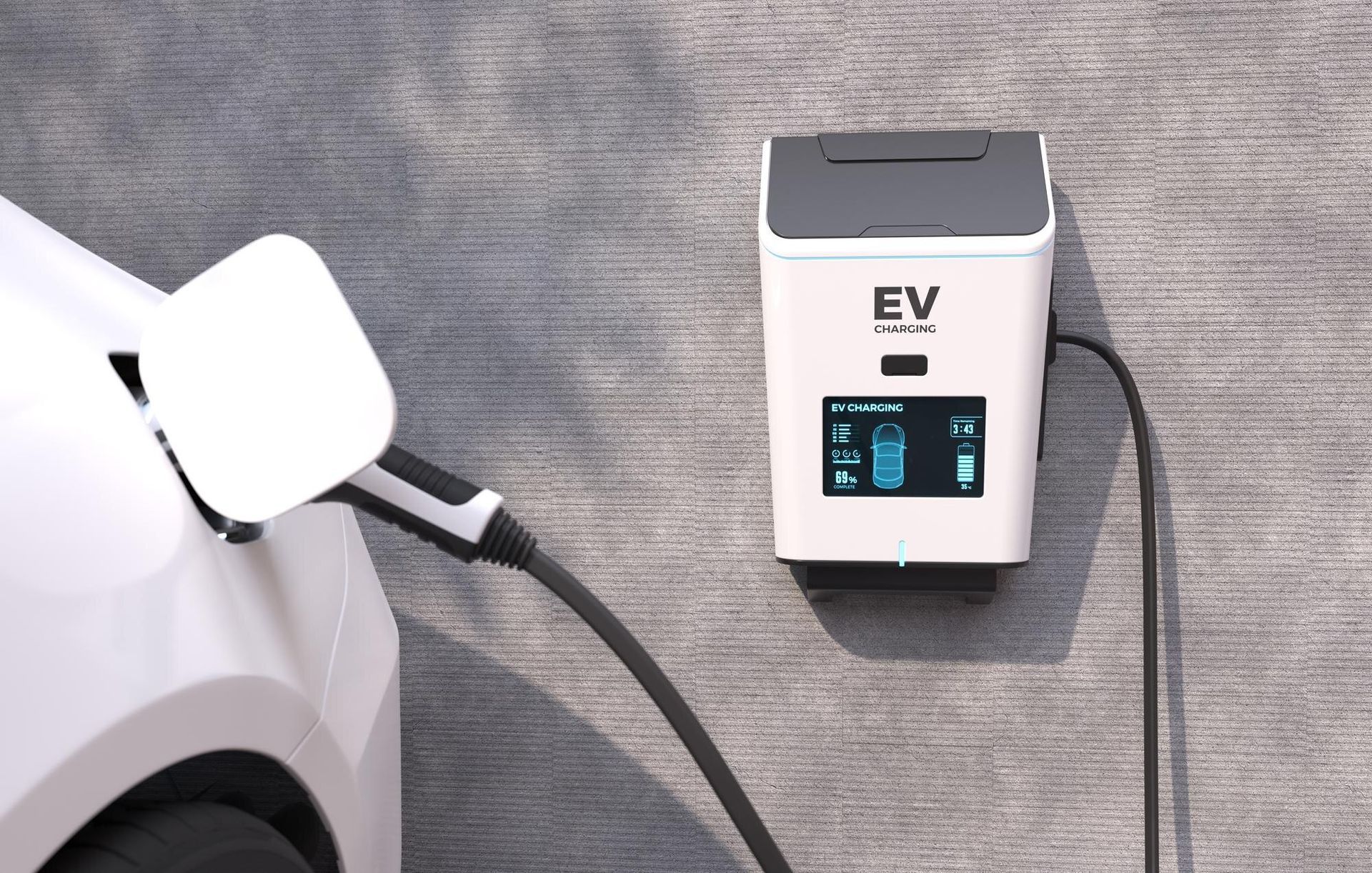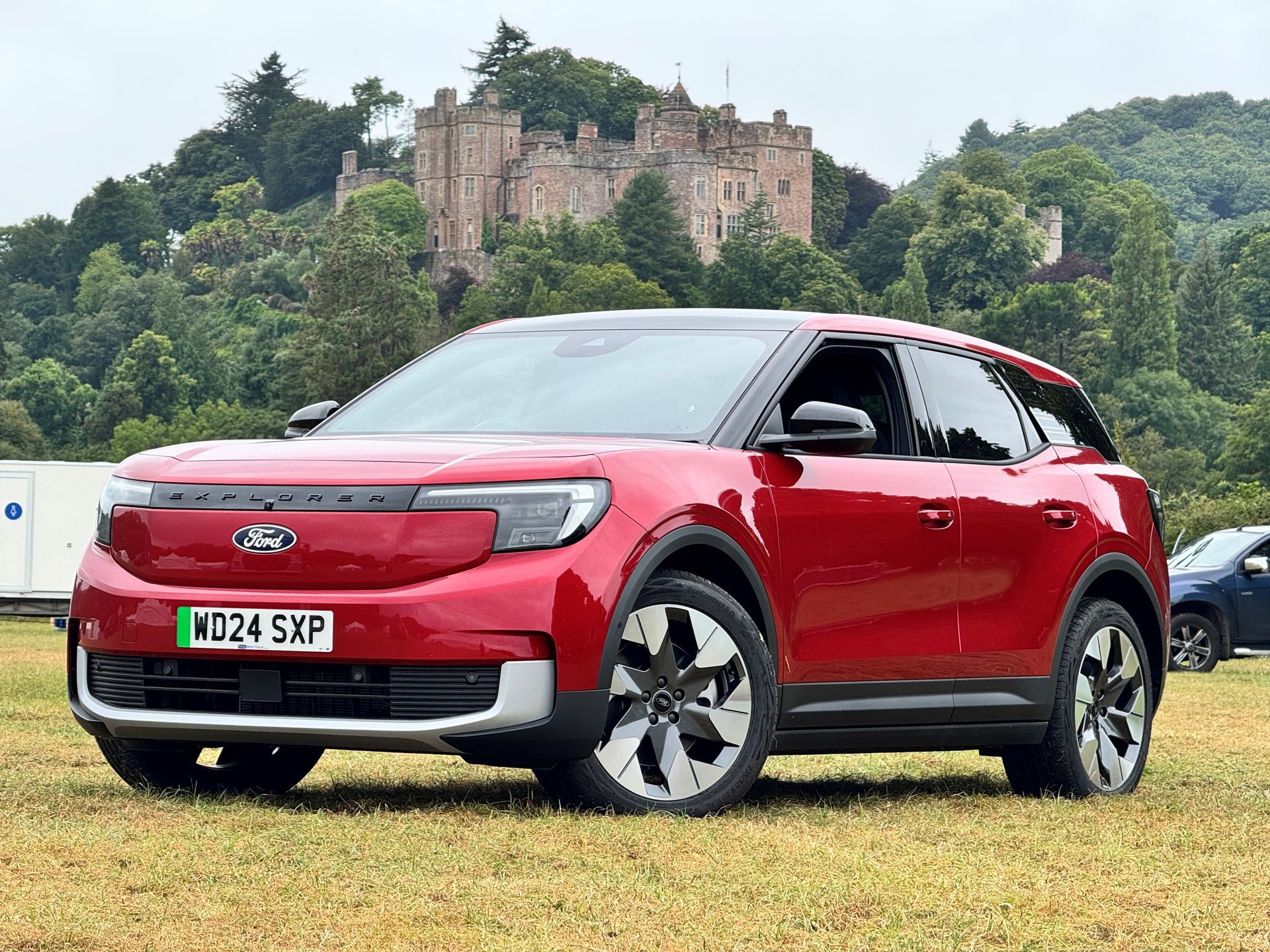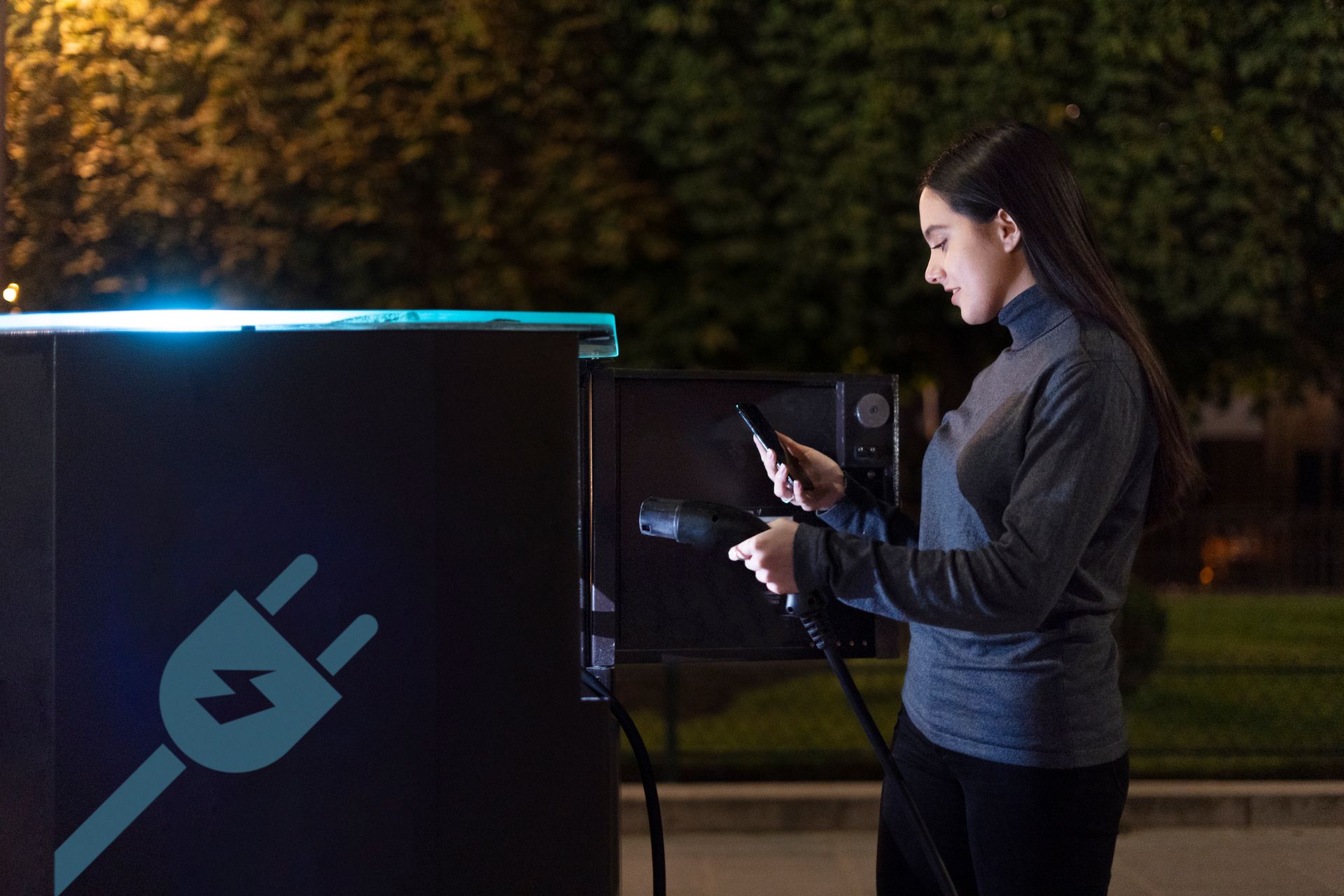EV Batteries - The Lifeblood of Electric Vehicles and the Future of Sustainable Energy
Powering Tomorrow: How EV Batteries are Shaping the Future of Transportation and Sustainable Energy

EV Batteries - The Lifeblood of Electric Vehicles and the Future of Sustainable Energy
In the evolving landscape of transportation, EV batteries emerge as the lifeblood of electric vehicles, fueling the drive toward a sustainable future. As an entrepreneur or business owner in the automotive or energy sectors, understanding this pivotal technology is crucial for staying ahead. With lithium-ion batteries dominating current electric vehicle technology due to their efficiency and longevity, innovations such as solid-state batteries promise even greater advancements. Beyond powering vehicles, these batteries play an integral role in sustainable energy systems, offering potential for recycling and reuse. Dive into this guide to explore how embracing battery innovation can position your brand at the forefront of the green revolution.
The Basics of EV Batteries:
Understanding Battery Composition
At the heart of electric vehicle technology lies the lithium-ion battery, a powerhouse of efficiency and sustainability. These batteries are composed of several key materials: lithium, cobalt, nickel, and manganese. Each component plays a critical role in the battery's overall performance. Lithium, a lightweight metal, is the primary element driving energy storage capability, while cobalt and nickel contribute to the battery’s stability and energy density. The structure of a lithium-ion battery includes an anode, a cathode, and an electrolyte, which work together to store and release energy efficiently.
Understanding the composition of EV batteries is crucial for grasping their advantages and challenges. While they offer high energy density and long lifespans, the sourcing of materials like cobalt raises ethical and environmental concerns. Innovations in battery chemistry aim to reduce reliance on scarce materials, paving the way for more sustainable and ethical battery production.
Charging and Energy Conversion
Charging an electric vehicle involves converting electrical energy from the grid into chemical energy stored within the battery. This process begins when an EV is plugged into a charging station. The electricity flows through the charging cable and is managed by the vehicle's onboard charger. This device converts alternating current (AC) from the grid into direct current (DC), which is suitable for storage in the battery.
Once converted, the DC electricity is stored as chemical potential energy. When the vehicle is in use, this chemical energy is converted back into electrical energy, powering the motor and propelling the vehicle. This seamless conversion process is what makes electric vehicles efficient and environmentally friendly compared to traditional internal combustion engines. However, charging times can vary based on the type of charger used, ranging from several hours with standard home chargers to under an hour with fast-charging stations.
Battery Capacity and Range:
Overcoming Range Anxiety
Range anxiety is a common concern among potential electric vehicle buyers, stemming from the fear of running out of battery power before reaching a charging station. However, advancements in battery technology and infrastructure are steadily alleviating these worries. Modern EVs now boast impressive ranges that often exceed 300 miles on a single charge, comparable to traditional gasoline vehicles.
Moreover, the expansion of fast-charging networks plays a pivotal role in mitigating range anxiety. These networks allow drivers to recharge their vehicles quickly, often providing up to an 80% charge in under 30 minutes. Additionally, the proliferation of charging stations in urban and rural areas increases accessibility and convenience for EV drivers.
Manufacturers are also investing in predictive technologies, integrating smart navigation systems that map out nearby charging points and optimize routes based on battery levels. Through these continuing innovations, the electric vehicle experience is becoming increasingly seamless and reliable.
Advances in Charging Infrastructure
The evolution of charging infrastructure is crucial to supporting the widespread adoption of electric vehicles. As EV technology progresses, so does the need for a robust network of charging stations to ensure convenience and accessibility for drivers. Recent advancements have focused on increasing the availability and speed of charging stations. Fast-charging networks, capable of delivering an 80% charge in under half an hour, are rapidly expanding along major highways and urban centers, significantly reducing downtime for drivers.
Moreover, initiatives are underway to integrate charging facilities in residential areas and workplaces, further enhancing the convenience for EV owners. These developments are complemented by innovations in wireless charging technology, which promise to eliminate the need for physical connections altogether. Governments and private companies are investing in these infrastructures to meet the growing demand, aiming to create a seamless charging experience that empowers more consumers to transition confidently to electric vehicles.
The Future of EV Battery Technology:
Solid-State Batteries Explained
Solid-state batteries are poised to revolutionize electric vehicle technology with their enhanced safety and performance characteristics. Unlike traditional lithium-ion batteries that use liquid or gel electrolytes, solid-state batteries employ a solid electrolyte. This key difference reduces the risk of overheating and flammability, addressing major safety concerns associated with current battery technologies.
In addition to safety benefits, solid-state batteries offer higher energy density, potentially enabling electric vehicles to travel longer distances on a single charge with smaller and lighter battery packs. This makes them an attractive option for manufacturers seeking to improve efficiency and range. Research and development in this field are advancing rapidly, with companies like Toyota and QuantumScape leading the charge.
Despite being in the experimental stage, solid-state batteries represent the next major leap in battery innovation, promising to enhance the sustainability and performance of future electric vehicles while reducing their environmental impact.
Innovations Leading to Sustainability
Innovations in EV battery technology are pivotal in driving sustainability within the automotive industry. Efforts to enhance the lifecycle of batteries are underway, focusing on reducing the reliance on scarce and ethically contentious materials like cobalt. Researchers are developing alternative chemistries, such as lithium iron phosphate, which promise to lower environmental impacts while maintaining performance.
Another significant area of innovation involves the recycling and repurposing of EV batteries. Companies are investing in closed-loop systems that efficiently recover valuable materials from spent batteries. This not only minimizes waste but also decreases the demand for new raw materials, contributing to a more sustainable production cycle.
Additionally, the deployment of second-life applications, where used EV batteries serve as energy storage solutions for homes or businesses, is gaining traction. These advancements ensure that EV batteries contribute positively to sustainable energy systems, reducing carbon footprints and supporting the transition to a greener future.
Find out more below:



